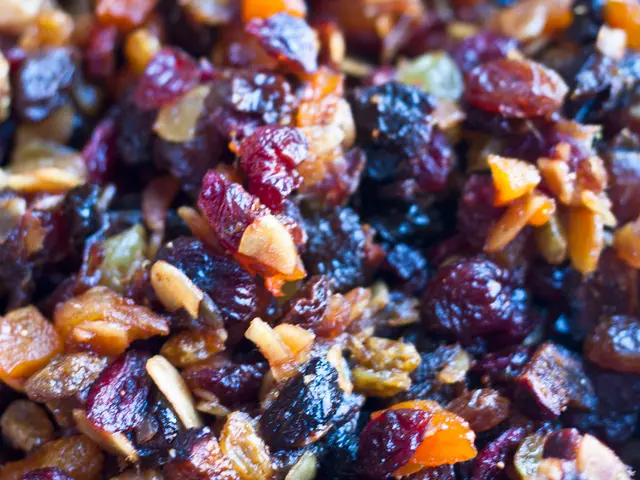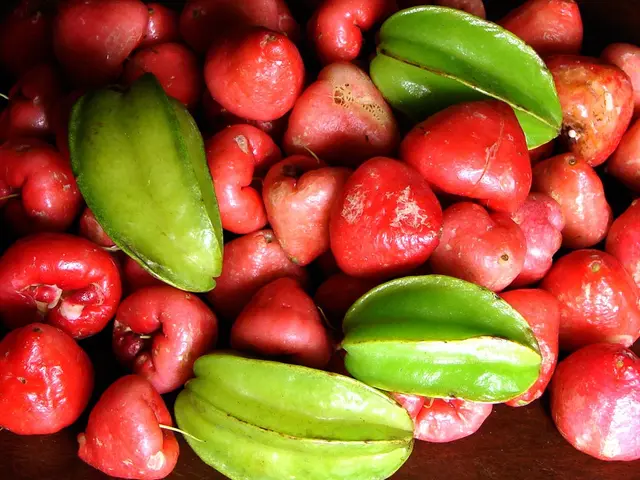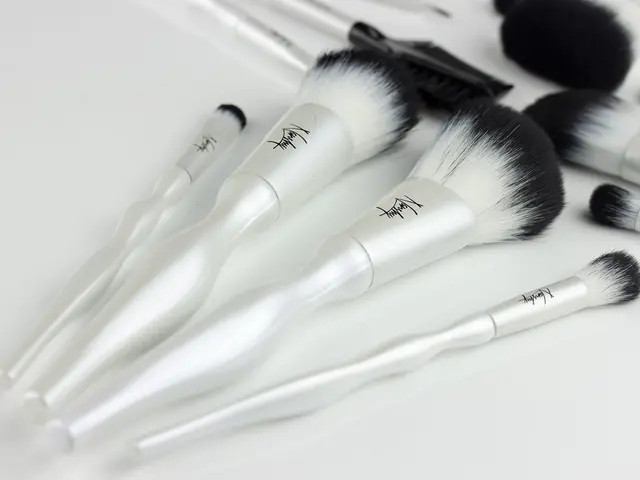Boost Fiber Intake: Key to Adult Health, Especially for Seniors
Increasing fiber intake is crucial for adults, especially for older adults, to maintain good health. The Institute of Medicine, now part of the National Academies of Sciences, Engineering, and Medicine, recommends a daily intake of 21 grams for women and 30 grams for men. This can be achieved by incorporating high fiber foods into meals and snacks throughout the day.
High fiber foods can be easily integrated into daily meals. For breakfast, consider adding nuts, seeds, and fruits to oatmeal or opting for high fiber cereals. Lunches can be made more fiber-rich by adding vegetables to salads and sandwiches, and using whole wheat bread. Dinner can include fiber-rich stews, soups, and salads, with options like adding beans to soups or using quinoa or brown rice. Snacks can also contribute to fiber intake, with options like fresh fruit, vegetables with dip, popcorn, whole wheat crackers, and nuts.
To avoid stomach discomfort or gas, it's recommended to increase fiber intake gradually over weeks. It's also important to drink plenty of water while on a high fiber diet. This will help prevent constipation and ensure the body can fully benefit from the fiber.
Increasing fiber intake offers various health benefits, including supporting healthy digestion, reducing inflammation, lowering risk of chronic diseases, and promoting heart health. It's linked with lower risk of diabetes and heart disease, and better digestive health. To reap these benefits, older adults should aim for 21 grams of fiber per day (women) or 30 grams per day (men). This can be achieved by incorporating high fiber foods into meals and snacks, and gradually increasing intake over time.







